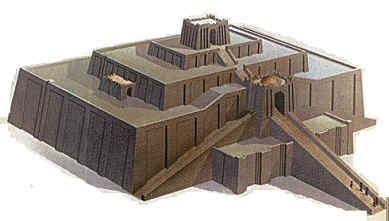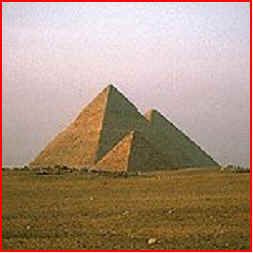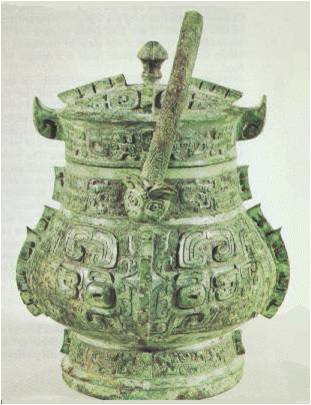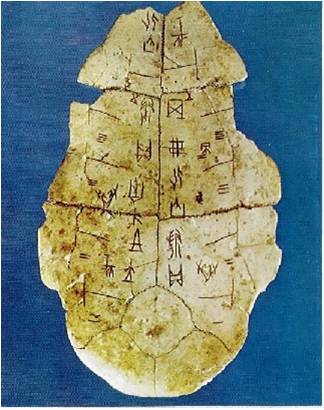
STREAMING
ART HISTORY VIDEO DOCUMENTARIES
Want to learn more about art? Just click on VoD to view hours of great video
relating to many of the art images discussed in class!
Resource: Art of
the Western World -
Resource:
Art Through Time: A Global View
Check this youtube series on Art History, Click HERE.
ART IMAGES
The Backstory to 600 CE (ALL art images are available in Lecture Notes - AVAILABLE ON CANVAS)
AT THIS TIME, THIS WILL BE THE ONLY PAGE FROM MRS. OSBORN'S WEBSITE TO BE UPDATED SINCE SPRING 2020.
TEST DATES: EARLY CIVILIZATIONS & CLASSICAL WEST - WEDNESDAY, 9/16; CLASSICAL ASIA - FRIDAY, 9/25

PALEOLITHIC ERA: Cave Painting at Lascaux (painted by PALEOLITHIC HUNTER GATHERERS, France, c. 15,000 B.C.E.
AP HISTORICAL DEVELOPMENT: Humans developed increasingly diverse & sophisticated tools—including multiple uses of fire—as they adapted to new environments. People lived in small groups that structured social, economic, & political activity. These bands exchanged people, ideas, & goods.

ANCIENT EGYPT: The Palette of Narmer (depicting the unification of Upper & Lower Egypt), Egypt, c. 3100 B.C.E.
AP HISTORICAL DEVELOPMENT: States were powerful new systems of rule that mobilized surplus labor & resources over large areas & relied on the support of the military, religious, or aristocratic elites.

MESOPOTAMIA: Ziggurat (Public Temple). Mesopotamia, c. 2100 B.C.E.
AP HISTORICAL DEVELOPMENT: Rulers of early states often claimed divine connections to power.Culture played a significant role in unifying states through laws, language, literature, religion, myths, & monumental art.

ANCIENT EGYPT: Pyramids at Giza. (Burial Tomb). Egypt, c. 2500 B.C.E.
AP HISTORICAL DEVELOPMENT: Rulers of early states often claimed divine connections to power. Culture played a significant role in unifying states through laws, language, literature, religion, myths, & monumental art.


ANCIENT CHINA: SHANG DYNASTY Bronze & Oracle Bone, China. c. 1100 B.C.E.
AP HISTORICAL DEVELOPMENT: Systems of record keeping arose independently in all early civilizations & writing & record keeping subsequently spread.

ANCIENT MESOAMERICA: OLMEC Colossal Head Sculpture, Mexico. c. 2000 B.C.E.
AP HISTORICAL DEVELOPMENT: Culture played a significant role in unifying states through laws, language, literature, religion, myths, & monumental art.

CLASSICAL GREECE: The PARTHENON on the Athenian acropolis, Greece. c. 438 B.C.E.
AP HISTORICAL DEVELOPMENT: Art & architecture reflected the values of religions & belief systems.

CLASSICAL GREECE: THE DISCUS THROWER by Myron, Greece. c. 450 B.C.E.
AP HISTORICAL DEVELOPMENT: Art & architecture reflected the values of religions & belief systems.

CLASSICAL ROME: AUGUSTUS (First Emperor of Rome), Italy. c. 1st Century C.E.
AP HISTORICAL DEVELOPMENT: Empires grew dramatically as rulers imposed political unity on areas where previously there had been competing states.

CLASSICAL ROME: COLISEUM, Italy. c. 70 C.E.
AP HISTORICAL DEVELOPMENT: Culture played a significant role in unifying states through laws, language, literature, religion, myths, & monumental art.

CLASSICAL ROME: The PANTHEON (Home of the gods), Italy. c. 125 C.E.
AP HISTORICAL DEVELOPMENT: Art & architecture reflected the values of religions & belief systems.

CLASSICAL ROME: Roman Aqueduct in France, an example of TECHNOLOGICAL DIFFUSION, France. c. 1st Century C.E.
AP HISTORICAL DEVELOPMENT: Imperial governments promoted trade and projected military power over larger areas using a variety of techniques, including issuing currencies; diplomacy; developing supply lines; building fortifications, defensive walls, and roads.

CLASSICAL CHINA: Terra Cotta Warriors of Emperor Shi Huangdi (QIN DYNASTY), China. c. 210 B.C.E.
AP HISTORICAL DEVELOPMENT: Empires grew dramatically as rulers imposed political unity on areas where previously there had been competing states.

CLASSICAL INDIA: Buddhist temple called a STUPA, India. c. 300 B.C.E.
AP HISTORICAL DEVELOPMENT: Art & architecture reflected the values of religions & belief systems.
Since August
2016, this page been visited times.
TO RETURN TO THE WORLD HISTORY CLASS PAGE, JUST X-OUT OF THIS PAGE.